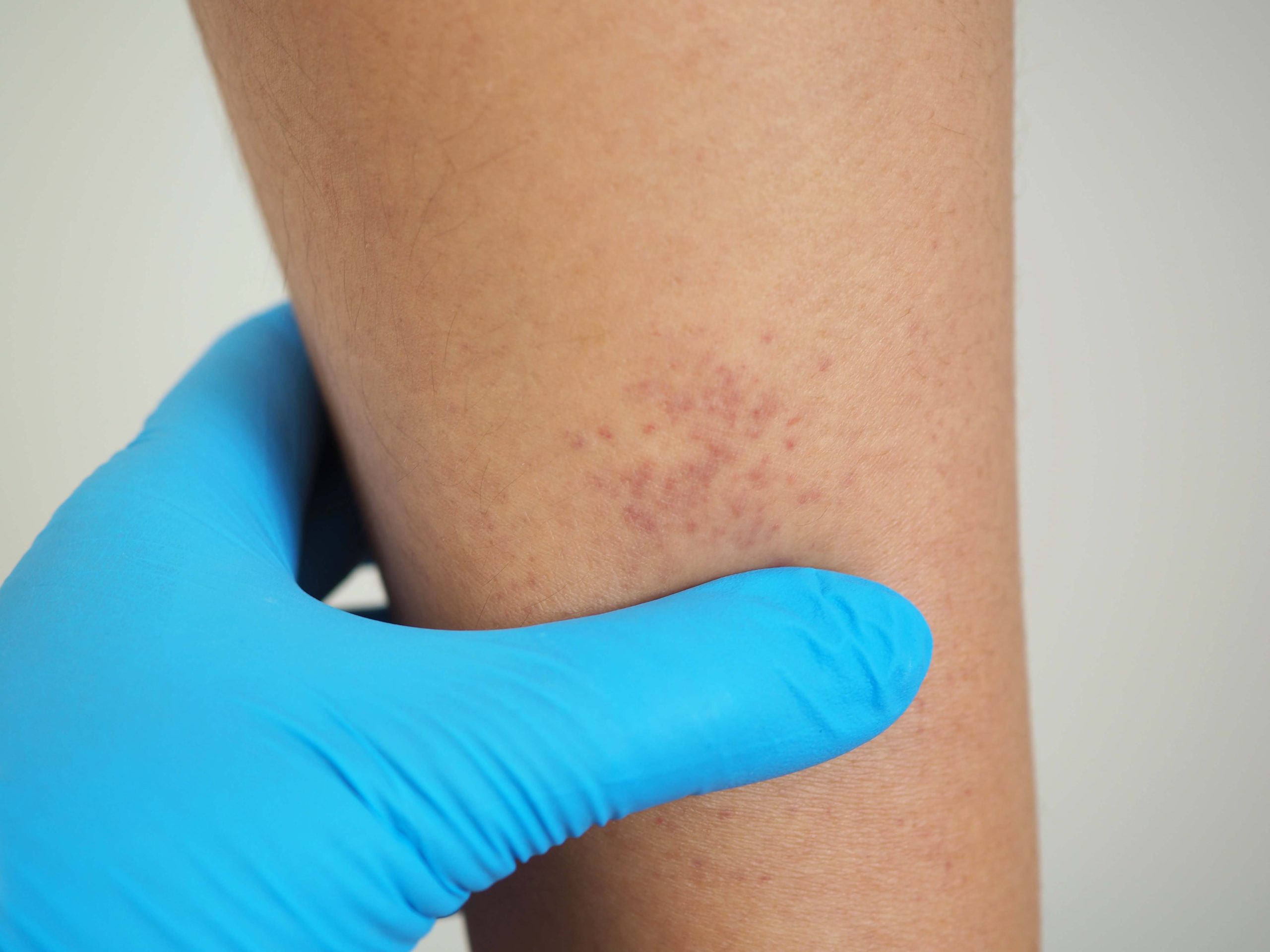
In a recent meta-analysis, investigators evaluated the safety and efficacy profiles of romiplostim, a thrombopoietin receptor agonist, in pediatric patients with immune thrombocytopenia (ITP). In their article, published in Hematology, Transfusion and Cell Therapy, they reported that romiplostim potentially improved both durable and overall platelet responses compared to placebo in children and adolescent patients.
After reviewing the Medline, Embase, Lilacs, Cochrane Central Register of Controlled Trials, and ClinicalTrials.gov databases from January 2011 to August 2021, the authors enrolled two double-blind randomized placebo-controlled trials for a pooled cohort of 84 patients.
Romiplostim Appears to Improve Responses in Pediatric ITP
The primary end point was overall response rate without rescue therapy for at least two consecutive weeks. Secondary end points included reduction of clinically significantly bleeding, need for rescue treatments, incidence of adverse events, and durable responses—defined as stable platelet counts for at least 12 weeks.
According to the authors, the durable platelet response rate was significantly higher in the romiplostim group compared with placebo (risk ratio [RR], 6.34; 95% confidence interval [CI], 1.89-21.23; P=.003). Likewise, the romiplostim group had a significantly higher overall response rate (RR, 3.62; 95% CI, 1.63-8.03; P=.002). Reportedly, clinically significantly bleeding events (P=.049), overall adverse events (P=.71), and need for rescue treatments (P=.13) were not significantly between the groups.
The authors noted their findings’ generalizability is limited by the small number of studies, and thus pediatric patients with ITP, who met the study inclusion criteria. Additionally, neither study was sensitive enough to detect rare adverse events related to treatment, and differing measurements and definitions were used across studies.
Ultimately, the authors supported the potential value of romiplostim, though they noted that “more clinical trials with larger patient samples are needed to evaluate the efficacy and safety of romiplostim and to compare it with other second-line treatments that are being used in pediatric ITP.”
Related: Long Noncoding RNA Biomarkers in Pediatric Patients With ITP







 © 2025 Mashup Media, LLC, a Formedics Property. All Rights Reserved.
© 2025 Mashup Media, LLC, a Formedics Property. All Rights Reserved.